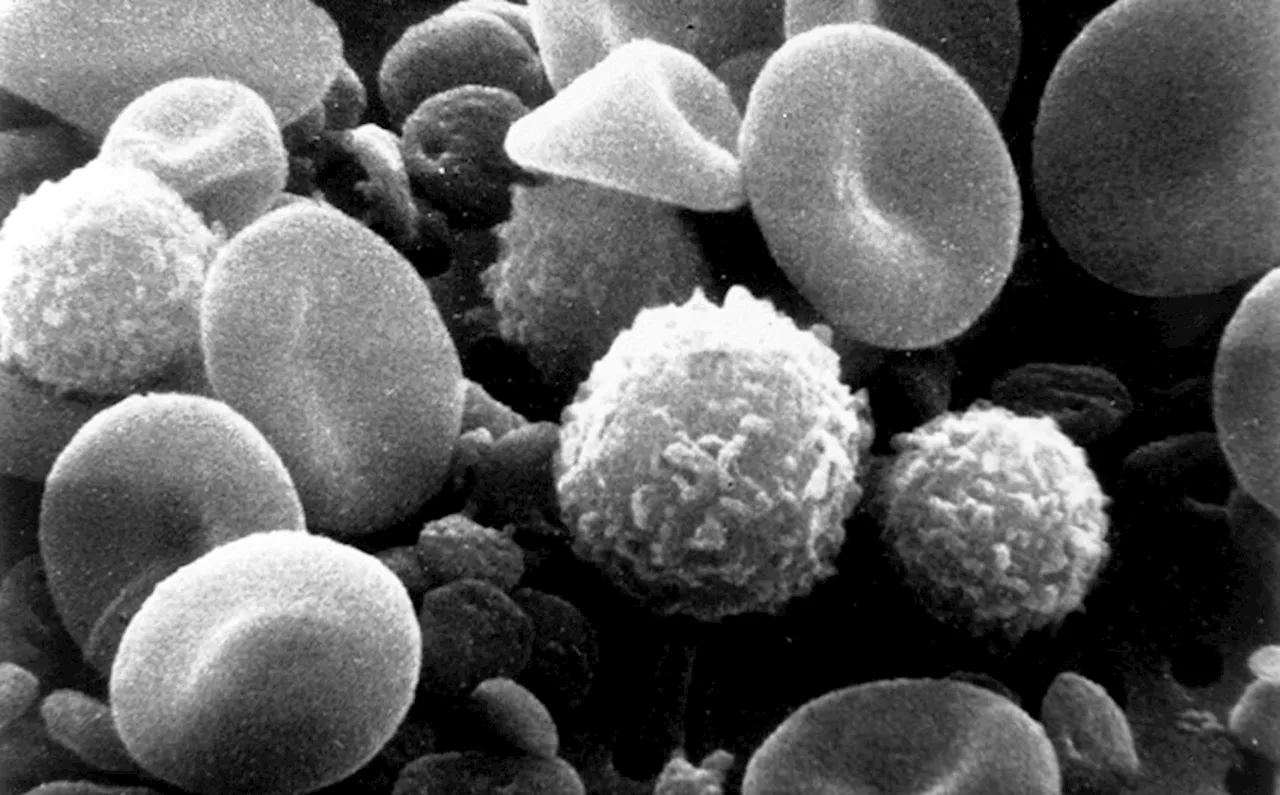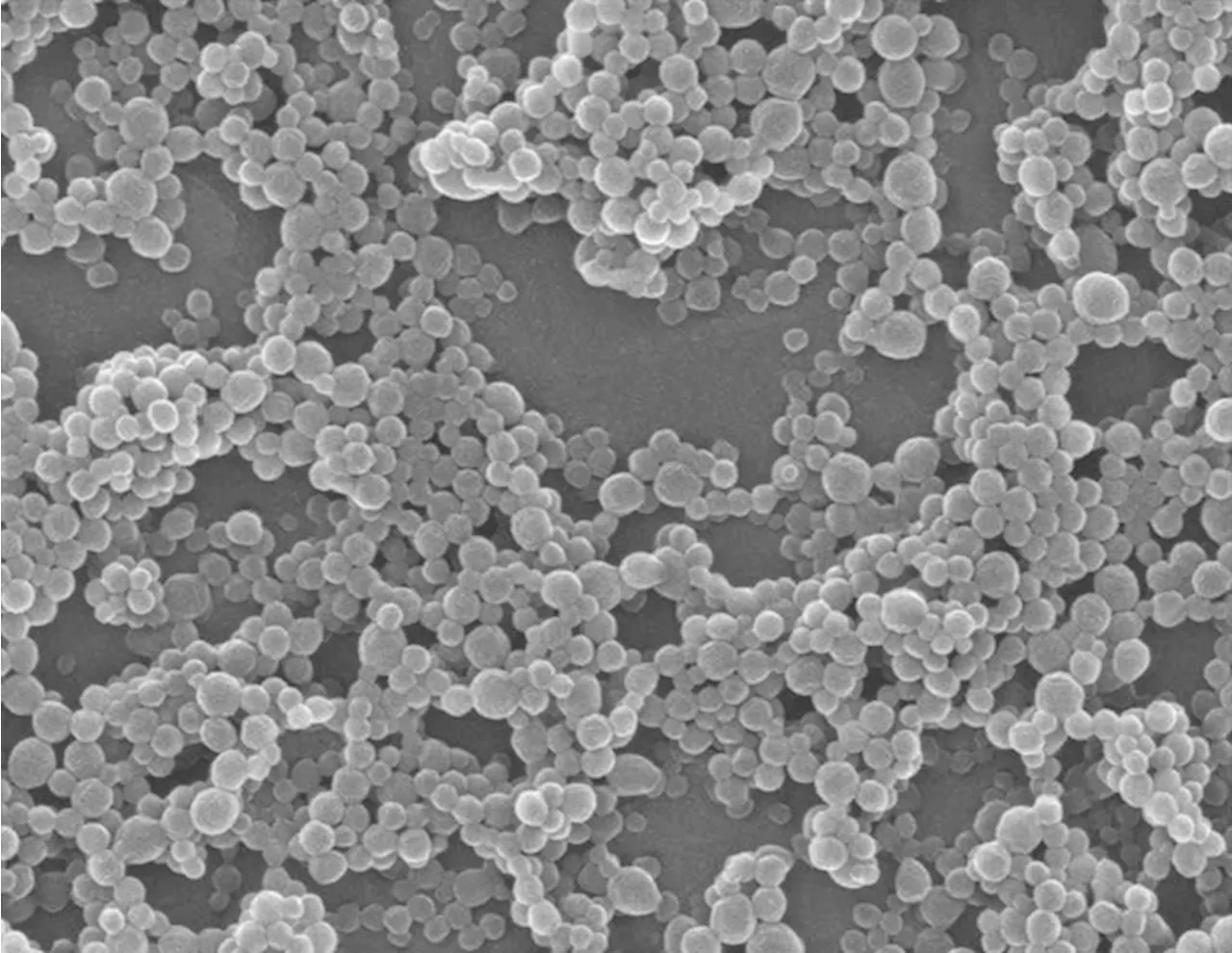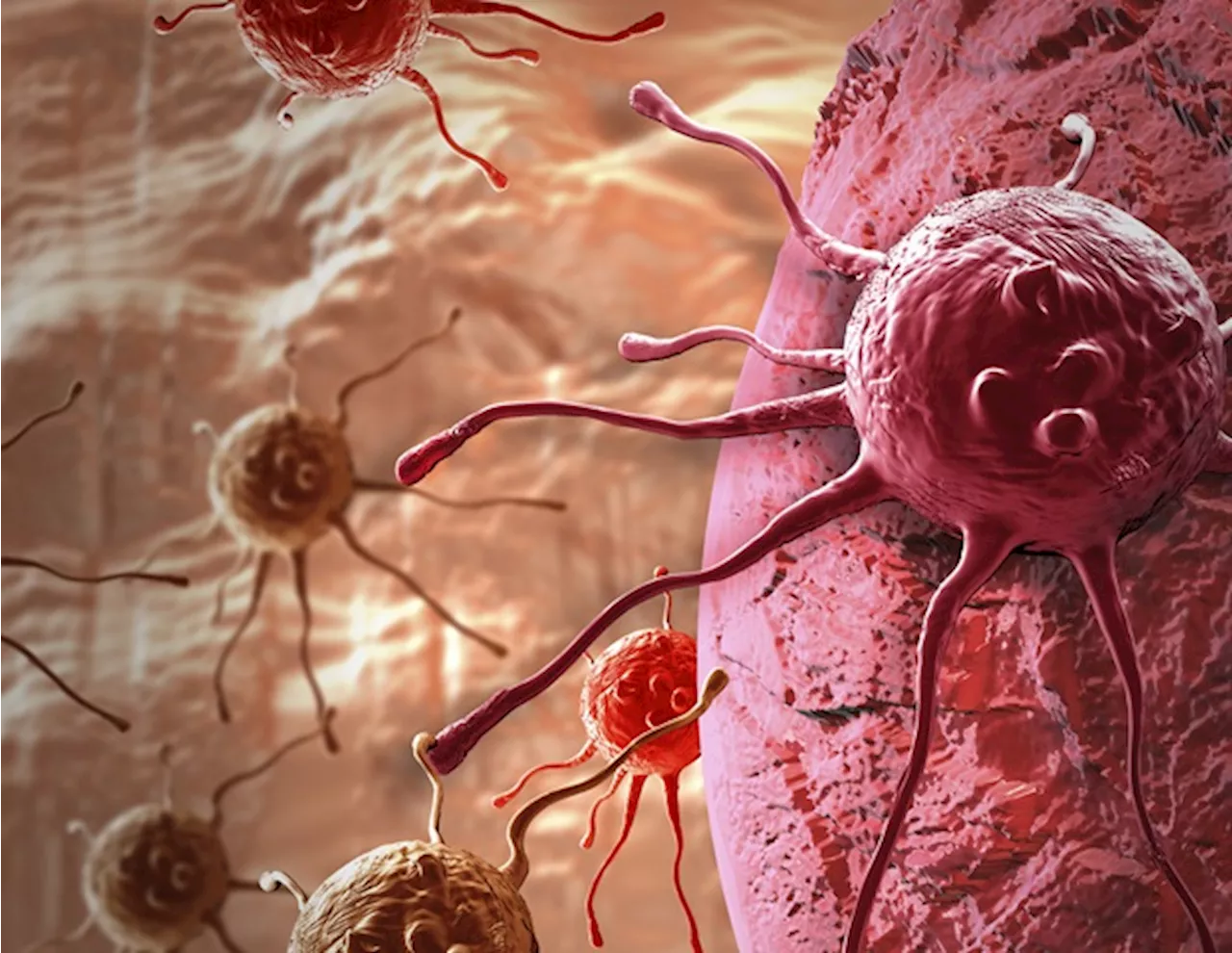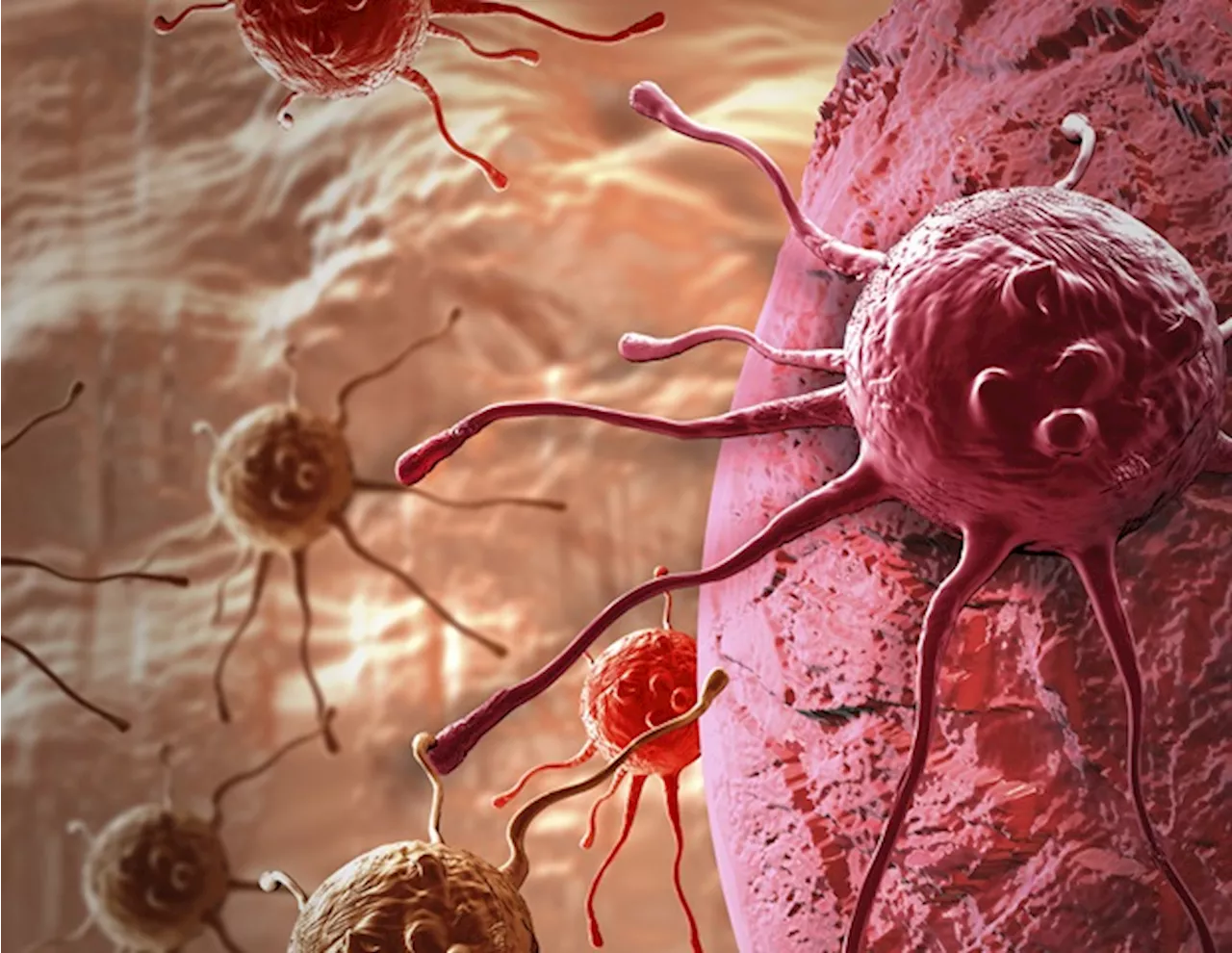Immune cells use two different routes to produce acetyl-CoA, an essential metabolite required to fight infection and cancer, reports a study led by Van Andel Institute scientists.
Van Andel Research InstituteAug 23 2024
Like any good system, immune cells have a plan A and a plan B. We have pinpointed how these cells use a two-pronged approach to ensure they have enough acetyl-CoA to do their jobs and keep us healthy. Importantly, we gained new insights that may inform tailored dietary strategies for augmenting existing cancer treatments."
Cells synthesize acetyl-CoA using nutrients, such as acetate, derived from food. When a threat is detected, cells add acetyl-CoA to certain proteins, which then unlock access to the genetic instructions required to fight disease and infection. Insufficient acetyl-CoA derails the immune system's ability to protect the body.
Related StoriesAlthough this type of "metabolic flexibility" has been observed in cancer cells, this is the first time immune cells have been shown to have similar abilities.
Allergy Cell Diet DNA Epigenetics Food Genetic Immune System Infectious Diseases Medicine Metabolism Metabolite Nutrients Ph Research
Singapore Latest News, Singapore Headlines
Similar News:You can also read news stories similar to this one that we have collected from other news sources.
 Immune cells have a metabolic backup plan for accessing their anti-cancer playbookImmune cells use two different routes to produce acetyl-CoA, an essential metabolite required to fight infection and cancer, reports a study led by Van Andel Institute scientists.
Immune cells have a metabolic backup plan for accessing their anti-cancer playbookImmune cells use two different routes to produce acetyl-CoA, an essential metabolite required to fight infection and cancer, reports a study led by Van Andel Institute scientists.
Read more »
 T cells influence memory of innate immune cells, research showsResearch from Radboud University Medical Center reveals that T cells from the adaptive immune system can manipulate the memory of innate immune cells.
T cells influence memory of innate immune cells, research showsResearch from Radboud University Medical Center reveals that T cells from the adaptive immune system can manipulate the memory of innate immune cells.
Read more »
 T cells can manipulate the memory of innate immune cells, researchers showResearch from Radboud university medical center reveals that T cells from the adaptive immune system can manipulate the memory of innate immune cells. Previously, it was believed that the memory of innate immune cells operated independently.
T cells can manipulate the memory of innate immune cells, researchers showResearch from Radboud university medical center reveals that T cells from the adaptive immune system can manipulate the memory of innate immune cells. Previously, it was believed that the memory of innate immune cells operated independently.
Read more »
 The interplay of liver cancer stem cells and immune cells in tumor microenvironmentThe complex dynamics between liver cancer stem cells (CSCs) and immune cells within the tumor microenvironment (TME) are central to the progression of liver cancer. These interactions are critical in creating an immunosuppressive setting that significantly impacts the response to immunotherapy.
The interplay of liver cancer stem cells and immune cells in tumor microenvironmentThe complex dynamics between liver cancer stem cells (CSCs) and immune cells within the tumor microenvironment (TME) are central to the progression of liver cancer. These interactions are critical in creating an immunosuppressive setting that significantly impacts the response to immunotherapy.
Read more »
 Finding immune cells under our very noses: Antibody-producing cells discovered inside the nasal conchaeThe nose is a major gateway to our bodies—for the air we breathe, the aromas we smell and the microbes that make us sick. On its way in, the air passes through nasal conchae, or turbinates—the long, narrow, curled shelves of bone that look like a shell and protrude into the breathing passage.
Finding immune cells under our very noses: Antibody-producing cells discovered inside the nasal conchaeThe nose is a major gateway to our bodies—for the air we breathe, the aromas we smell and the microbes that make us sick. On its way in, the air passes through nasal conchae, or turbinates—the long, narrow, curled shelves of bone that look like a shell and protrude into the breathing passage.
Read more »
 Drug bypasses suppressive immune cells to unleash immunotherapyBy recruiting the immune system to combat tumor cells, immunotherapy has improved survival rates, offering hope to millions of cancer patients. However, only about one in five people responds favorably to these treatments.
Drug bypasses suppressive immune cells to unleash immunotherapyBy recruiting the immune system to combat tumor cells, immunotherapy has improved survival rates, offering hope to millions of cancer patients. However, only about one in five people responds favorably to these treatments.
Read more »
